Watering vegetable plants may seem like such a simple task, but believe it or not, how and when it is done makes a huge difference between success and failure in the garden!
Hydrating needs certainly vary based on location and local weather. Those who live in or near desert-like conditions will always need to water more than those living in more temperate climates. And of course, those who live in more cool and damp locales will water less.

But no matter where you live, there are a few simple watering rules that can help your vegetable plants to better health and productivity. And here is a look at 5 of the most important of all:
5 Simple Secrets For Watering Vegetable Plants
#1 Watering Too Often
Let’s start with the most common issue when watering vegetable plants – over watering! Believe it or not, more damage is done to plants by having too much water, rather than too little.
Watering plants every day, or even every other day throughout a season can cause big issues for a plant’s long-term health.
For starters, plants that receive excessive watering fail to develop deep roots. Their roots stay near the surface because of the constant supply of water. And unfortunately, shallow root system creates a weak and feeble plant.
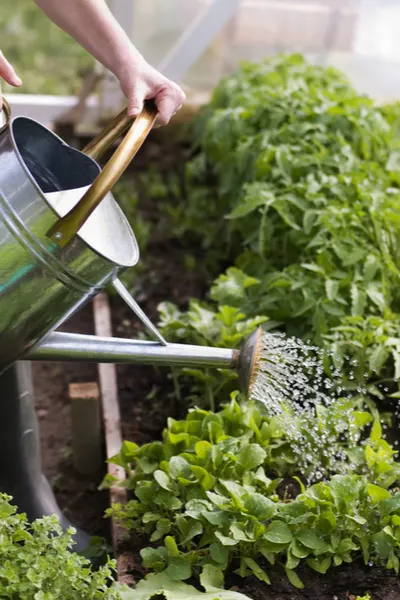
In addition, without digging their roots deep, plants are unable to find the needed minerals and nutrients they need to survive and thrive. And last but not least, it leaves the plant extremely vulnerable to wind, storms, or even a short dry spell.
#2 Knowing The Signs Of Too Much Water
So how do you know if your plants are getting too much water? The easiest and most obvious sign is a yellowing of the leaves.
This is a direct cause of the roots being over-hydrated. When this happens, they are unable to take in nutrients, and the result yellow leaves.
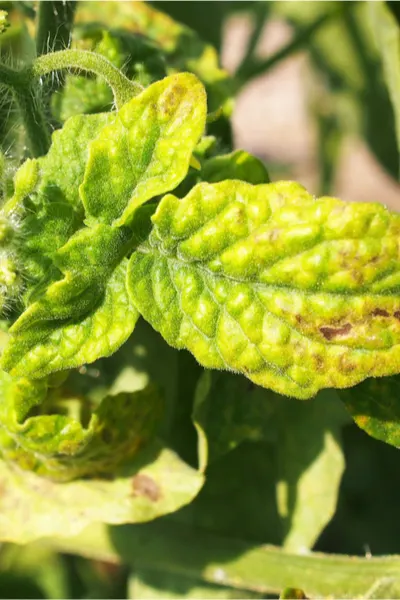
Unfortunately, many gardeners see the yellowing of leaves and worry the plants need more water, leading to even more trouble.
#3 Supplying The Right Amount Of Water
So how much water is the right amount of water? Under moderate temperatures (75 to 85 degrees), most vegetable plants require about an inch of water per week.
That equates to about 1/4 to 1/3 of a gallon of water two times per week, or the equivalent of 1 inch of rainfall. A bit more if the temperatures soar, or you live in an excessively hot / dry area.
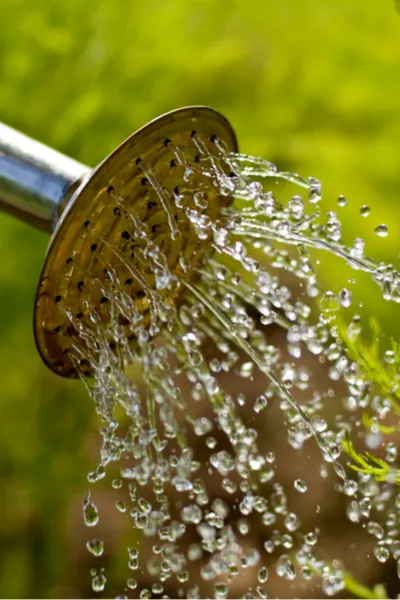
Water new transplants daily or every other day for that first week or two until their roots have adjusted to the soil. Then allow them to adjust to the longer watering cycle to develop those all-important deep roots.
Once a plant has become established after transplanting (usually within a week or two), they only require deep watering every 4 or 5 days.
#4 Water Low & Slow
That leads to the next and very important tip – watering low and slow.
When growing moisture loving crops like cucumbers and tomatoes, it is important that they can soak up the water when it is applied. That means watering at a slow and steady rate for best absorption – and not with a blast of water.
Watering high with a hose or a fast sprinkle can actually cause several issues. First, the force of the water can knock of blooms, which unfortunately, means less future vegetables.
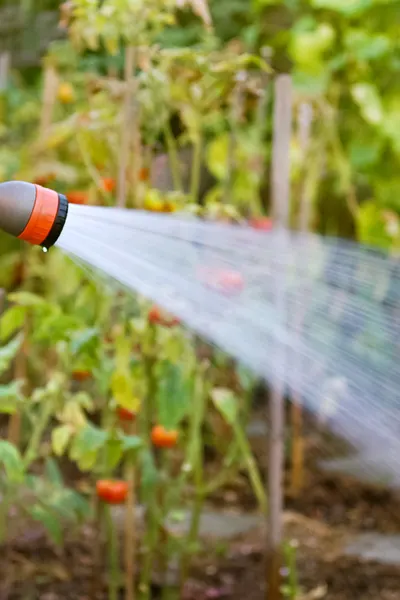
But high watering also increases evaporation, meaning your plants receive less water over time.
Drip hoses and weeping hoses are two choices that work wonders for watering only the root zones of plants. But simply using a hose and watering low around the plants will work just fine too. (Product Link : Drip Irrigation Hose)
#5 Water In The Morning or Early Evening
Last but not least, if at all possible, never water during the middle or “heat” of the day!
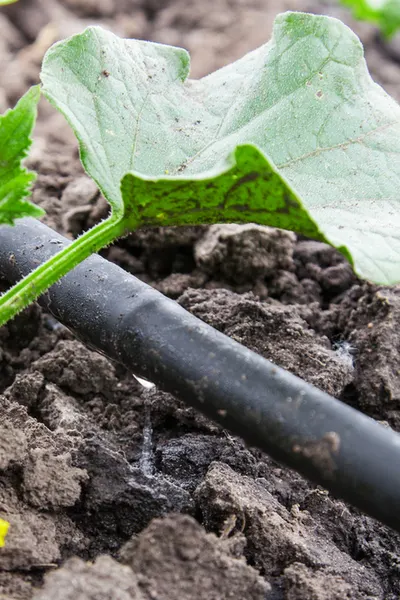
Watering the garden as the sun shines bright and hot creates a whole array of issues for vegetable plants in the garden.
Plants are at their maximum stress level in the middle of the afternoon. And watering during this period actually piles on the stress level as opposed to helping relieve it.
Watering in the afternoon can easily burn and scorch the foliage and blooms of plants. Water droplets that land on leaves are heated up by the sun, causing damage and more stress.
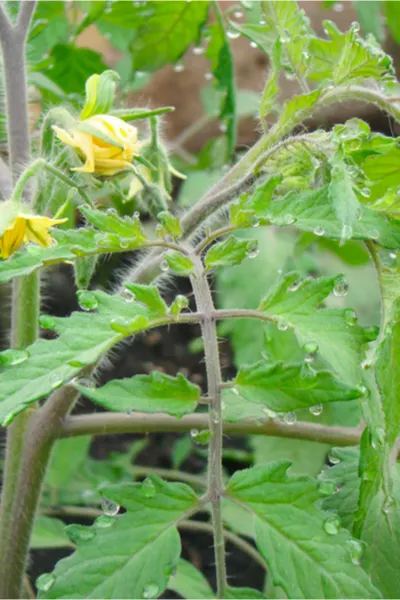
In addition, the heat and sunlight evaporates the water quickly. The result is that the critical root zones of plants receive less of the water applied. The optimum time to water a garden is in the early morning. Not only is the sun low, but the temperatures are cooler as well.
This allows the plants to soak up water easily, and prepare for the heat of the day ahead.
So get out there and water those vegetable plants – but of course, at the right time and with the right amount!

This Is My Garden is a website dedicated to spreading the love and knowledge of gardening around the world. We publish two new garden articles each week. This article may contain affiliate links.
